Human, animal, machine: How three researchers reveal the dynamics of power across disciplines

Getting rid of egos and assumptions
Einat Amir tackles big issues as an artist who collaborates with scientists. In her PhD, which combines art and neuroscience, she explores how people working together can make a real change in the world. Specifically, she looks at ways to unlock the invisible dynamics of interactions and one way is for people to let go of their assumptions, status, and ego.
‘The key to dismantling power structures and power dynamics is to face the other person without prejudice and with an open mind: to genuinely listen to what they have to say and to try to understand who they are and where they come from. At the same time, you have to be generous, share information and your views, and create a common language you both understand.’
Amir previously explored the dynamics of power in her art, such as a combined experiment with performance art she did in Chicago in 2018 with social psychologist and empathy researcher Yossi Hasson. In the experiment, 108 people went through an experience similar to an immigration interview. The idea behind the experiment was that by making people believe that empathy is not a limited resource, they will extend empathy to more people, even if they are from other groups. The interviews were conducted by African American actresses, and though some of the questions were funny (for example, ‘Are you lonesome tonight?’), empathy levels were explored through real stories of Syrian refugees.
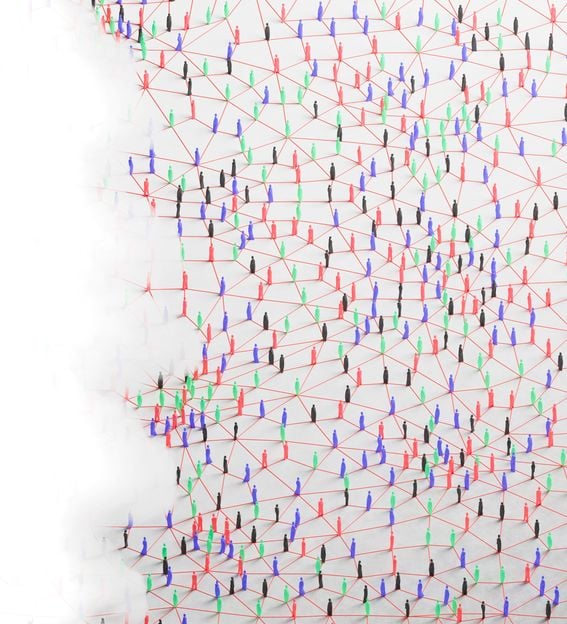
‘Many people assume that their empathy is somehow limited. In the performance, we kind of played with this assumption to see if we could make the participants more empathetic towards people outside their own social group. It was astounding that a simple manipulation of framing really worked, and people left with more empathy towards the “others”.’
Amir, who prefers to call herself a ‘science enthusiast’ instead of a scientist, is now in the final stages of her doctoral studies under the supervision of professor Helena Sederholm from the Department of Art and Media and professor of cognitive neuroscience Mikko Sams. While she has collaborated with different scientific communities, she’s often been the only one with an artistic background. For Amir, being the “other” has provided tools to dismantle the hidden power dynamics in human interactions.
‘The “other” always has the potential to be looked down upon or ignored. There are a lot of stereotypes and assumptions about what it means to be an artist or a scientist. Instead, you could just be two people who are creative in their own ways and are able to share this creativity and create something together that hopefully has a real social and environmental impact.’
According to Amir, true collaboration isn’t about a combination of different statuses or disciplines, but of people. ‘And trust is essential – it’s the basis for all good relationships.’
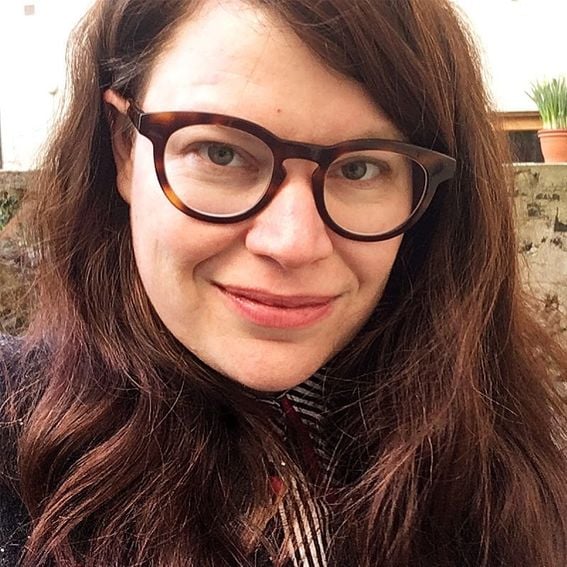
Who: performance artist, doctoral researcher, Department of Art and Media, and Department of Neuroscience and Biomedical Engineering at Aalto University
Why: ‘Around 2015, I approached a social psychology lab that deals with intergroup conflicts, conflicts between different groups in different societies, and I expressed an interest in understanding more about the dynamics of power. Professor Eran Halperin from the Hebrew University just basically opened the door for me and said, “You’re welcome to be part of this lab.” I ended up being the only artist member there for several years.’
Now: ‘I’m currently working on my PhD article, entitled “A new generation of art-science collaboration”. The subject is how scientists and artists could work together better for societal and environmental change.’
Building empathy through animals
When you live as a human in a human-centred world, you rarely consider that animals interact, and work for and with humans in various roles.
In her research, Associate Professor Astrid Huopalainen explores the conscious and unconscious uses of power in human-animal interactions.
As humans, we act from a position of power in relation to other animals. Even something as trivial and endearing as walking a dog reveals the inequality between humans and animals – something Huopalainen also recognises in her everyday life. ‘As humans, we decide when and for how long our pet animals are walked. When I walk my Labrador retrievers Saga and Selma in the morning, I try to pay attention to how they would like us to walk and how they see the world differently than I do, sensing and smelling different things. That urges me to stop and reflect and perhaps try to see things differently, activating my senses and seeing these positions of power from their point of view,’ says Huopalainen.
She points out that hundreds of millions of humans work with animals daily, and the economic impact of human-animal interaction worldwide exceeds the gross domestic product of many countries. Yet the multiple roles, wellbeing and agency of animals have been overlooked not only in her field, management and organisational research, but also in society at large. There’s still relatively little awareness of the power relations between humans and animals.
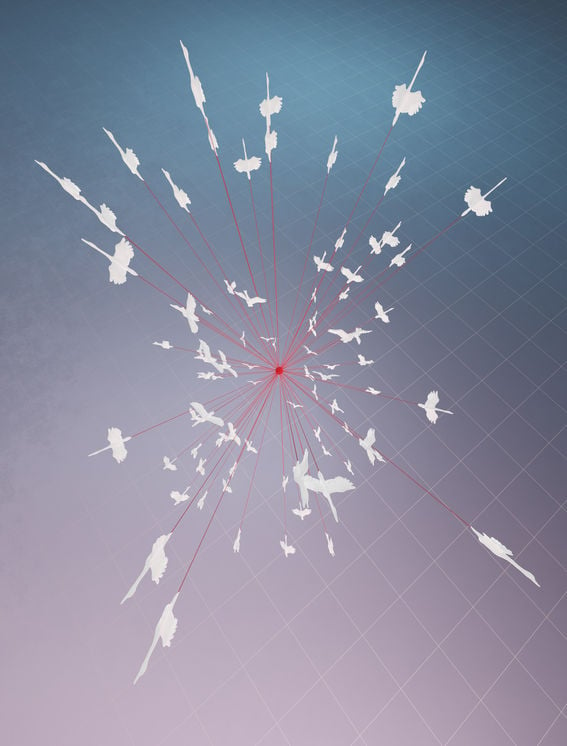
Humans relate very differently and sometimes also paradoxically to different animals, says Huopalainen. For example, big mammals are in some instances easily admired, but there are many small animals that we barely notice.
We have companion animals or animals we share our homes with, and factory-farmed animals whose existence we rarely want to think about. There are customs and police dogs who help in occupational roles, yet might sometimes be violently treated, as well as animals that many people fear and avoid, such as insects or snakes. According to Huopalainen, recognising the agency of these different animals and our relationality with them is essential, especially because we live in a world of crises.
‘We have the climate crisis, biodiversity loss and numerous other problems, such as pandemics, caused by humans. We need to understand that we have caused these problems by putting ourselves at the top of the power pyramid, by exploiting and using nature and other animals.’
Huopalainen feels that the survival of humanity and the planet depend on recognising the agency of these invisible “others” and on treating animals ethically, whether cute fluffy pets or farmed animals.
‘By dismantling these power structures, we can act as individuals and consumers for a better multispecies planet and a more sustainable future. Awareness and knowledge don’t just increase empathy towards animals but also between people.’
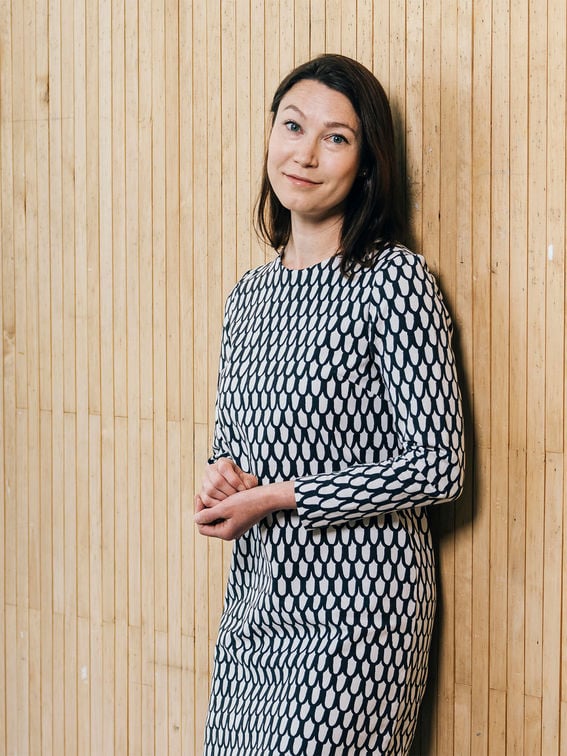
Who: assistant professor (tenure track), Department of Management Studies, and Department of Art and Media at Aalto University
Why: ‘I started here at Aalto in January in this exciting tenure track -position called Leadership for Creativity, which belongs to two departments. I believe this is really an intriguing liminal space where you can do very exciting multidisciplinary work, combining insight from arts-based research and organisation studies.’
Now: ‘I’m leading of a cross- and multidisciplinary research project with organisational, veterinary and healthcare scholars, and the Academy of Finland just granted funding for our PAWWS (People and Animal Wellbeing at Work and in Society) project. We research multispecies human-animal working relations and wellbeing in organisations, such as assistant-, service-, therapy-, pain- and cancer-dogs at work and in hospitals.’
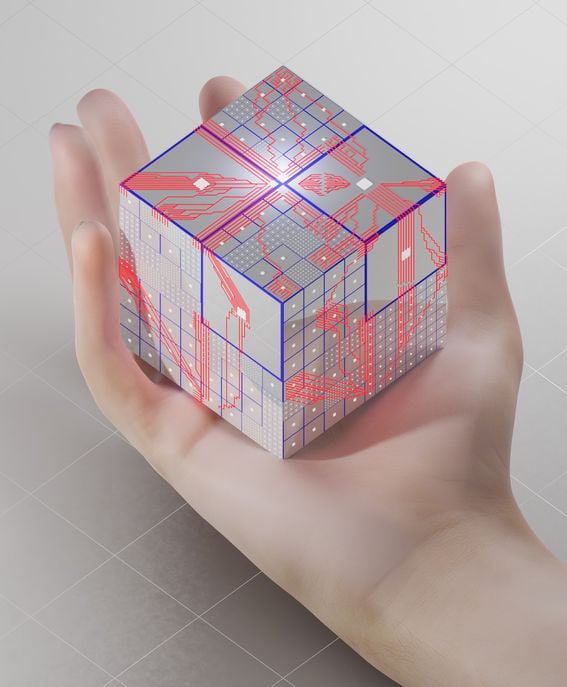
Behind every algorithm there are human choices
Matti Nelimarkka holds a PhD in computer science, but he also has background in political science.
In his research, he’s particularly interested in the relationship between human and machine, or politics and technology, and in the invisible use of power through algorithms – a topic which he says hasn’t yet been fully explored.
‘The study of human-computer interaction often leaves out things that are obvious to political scientists, such as certain aspects of decision-making and democracy.
Nelimarkka isn’t entirely comfortable with the term algorithm. ‘Personally, I like to talk about “algorithmic systems”, because that focuses attention on the role of people and organisations as the drivers behind an algorithm.’
An algorithm or algorithmic system isn’t formed from nothing; a human being is always behind it – probably on several different levels. The ideas, wishes or demands behind the code can come from the developer or from further along the decision chain, such as from a client or consumers.
‘Software is never neutral. There are always decisions and choices made based on someone’s values or ideologies.’
Whose conscious or unconscious opinions drive an algorithmic system? Is it the human or the machine who holds the power?
Nelimarkka points out that technology is always produced by humans and reflects their values. This remains true in the age of artificial intelligence.
‘For example, in the development of OpenAI’s software, a lot of time was spent removing content that was deemed politically incorrect. In this way, the technology is socially shaped to fit the existing political reality. Even with AI, humans ultimately decide how much autonomy it has in different situations and how it interacts with the rest of the system.’
Nelimarkka also points out that the invisible power of algorithms isn’t always bad. ‘I'm not saying that technology is neutral, but I would like to say that the same technology that is really bad in one sense also does a lot of good in another.’
He cites Facebook as an example: while extremists can use it to find each other, people with a rare disease can also find the few others with the same condition and form a support group.
Nelimarkka says that countless issues have been handled badly in societies for hundreds or even thousands of years, and those same issues are re-emerging in the age of digitalisation and being discussed in a totally different light. ‘What amuses me most about the current debate on algorithms is that there is a lot of concern about, for example, inequality in decision-making. Humans everywhere have made terrible decisions throughout history – and we still do. But, somehow, it's supposed to be totally different now that artificial intelligence is involved.’
And Nelimarkka points out that even as algorithmic systems are gaining more and more power over our lives, humans are learning to cheat the systems. ‘People’s competence to see behind these systems is improving all the time. That being said, many still give too much credit to technology rather than to human agency.’

Who: researcher, Helsinki Institute for Information Technology (University of Helsinki and Aalto University)
Why: ‘During my studies, I spent a lot of time wondering where I should position myself between political and computer science. In Finland, I had been the one political scientist who coded, but when I attended the University of California in Berkeley, there were several political and social scientists who coded. That’s when I realised that this is really important, because by combining these you can do things that might otherwise be too difficult and might remain in the shadows.’
Now: ‘In our research project, we are trying to highlight how the ideologies and values of software developers influence the design of information systems. We are writing an article and perhaps even a book on the subject.’
This article has been published in the Aalto University Magazine issue 33, September 2023.
- Published:
- Updated:
Read more news

Unite! Research School: A Week of European Collaboration in Research
The first Unite! Research School brought together almost 200 doctoral and master's students as well as researchers from all nine Unite! universities.
Valuable lessons from nature: Professor finds inspiration in spider silk
Tenured Aalto professor Maria Sammalkorpi explains how the phenomena in nature can be used to understand and improve manufactured materials